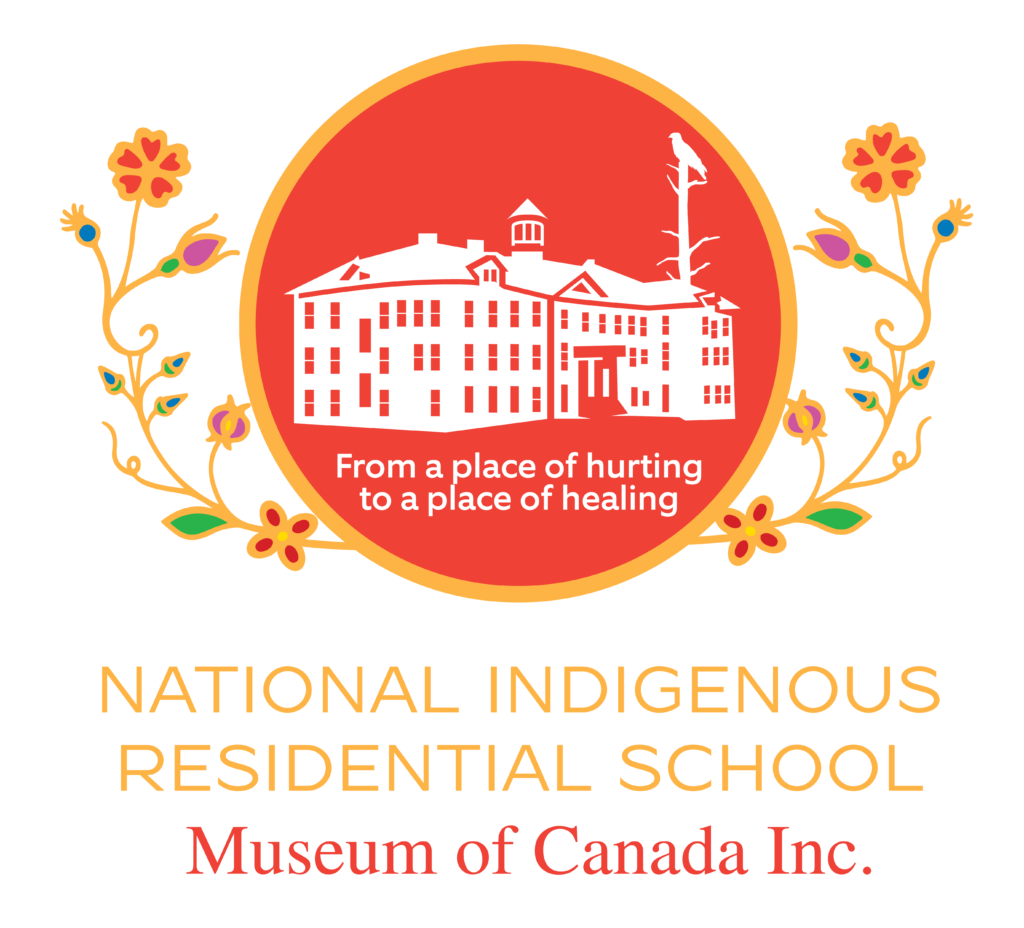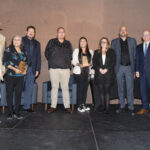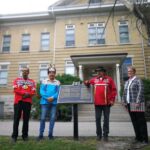Charity#: 79757 3698 RR0001
The history of the former Portage Indian Residential School dates back to the 1880’s originally formed by the first Methodist/Presbyterian Church. The building serves as a reminder of the churches and government ‘s involvement in forcefully removing Indigenous children from their families and communities. It was an attempt to assimilate Indigenous children “to kill the Indian in the child”, convert them to Christianity, and remove them from the communities.
Why do we have museums, specifically one that is housed in the former Portage la Prairie Indian Residential School? Museums play an integral role in preserving history, specifically our culture, our stories, our languages through exhibits, artifacts, pictures and displays. The legacy of the Residential School era must be told through the displays, pictures, artifacts and stories. It is looking back where we came from, the present and where we are going. It is preserving knowledge, wisdom and experiences of the past. It is moving ahead in our healing journeys from the traumas we endured. It is also a place to showcase our culture, our unique dance regalia, even the small arrowhead speak volumes of how we survived on the land. It is a place where history and culture meet for all nations. Museums serve a purpose in our communities.
The Vision of the Museum is a place where people can learn, share, heal and move forward with a greater understanding of the forces that shaped and forever changed multiple generations of First Nations peoples
The National Indigenous Residential School Museum was created to have “a place where people can learn, share, heal and move forward with a greater understanding of the forces that shaped and forever changed multiple generations of First Nations people.” The purpose is to both create a memorial to those who went through the experience, to honour them and to help many of the survivors with their journey of healing.
The Museum is governed by a Board of Directors who are former residential school survivors that meet quarterly. An initial business was developed to include the themes of Pre-Contact, Treaty Era, Residential School Era and Present/contemporary Era. This business plan will be revised to reflect changes that include prior plans and updated plans. These plans include a gift store, museum library, proper storage facility, lecture theater, administration office and the museum.
A tree and eagle sculpture gifted to the Residential School survivors is located on the north side of the former Portage Indian Residential School that portrays and serves as a beacon of hope. The eagle represents hope and strength in the healing journey that will take the survivors to new heights of victory over their past often painful memories of physical, mental and emotional abuses, reclaiming our culture, restoring Indigenous languages and reestablishing family unity in the communities. It represents the resilience of the survivors. This area is the beginning of a healing garden that will also include a future memorial wall to residential school survivors.
A plaque was unveiled and added to the healing garden in September 2019 during the Orange Shirt Day to honor those residential school survivors who perished in a plane crash in 1972 as they were on their way home for summer holidays. Their names are engraved on the plaque. The garden is envisioned as a place to meditate, reflect as they continue their healing journey. The garden will also have a memorial wall to honor the residential school survivors who lived through the oppressive government policy.
Under the Indian Act it became mandatory for every Indian child to attend a residential school and illegal for them to attend any other educational institution. This amendment was made in 1920.
The Museum is dedicated to educating the public and documenting the history of the Residential School era, but it is also to showcase the Indigenous culture, past and present. It is a place where history and culture meet. It is a non-profit organization to warmly serve and invite the public. It is a safe place of unity to come together to explore and learn about history. It is about educating the public, to teach and learn about the indigenous culture, our languages, our heritage, exposing the past wrongs and harms done to the Indigenous people through the dark era of the Residential School era to present day Calls to Action and embracing the present and hope for a better future for all. Museums are about acquiring and gathering, recording, preserving, researching and exhibiting collections.
24-Hour Indian Residential Schools Crisis Line
If you are a former residential school student in distress, or have been affected by the residential school system and need help, you can contact the 24-hour Indian Residential Schools Crisis Line: 1-866-925-4419







